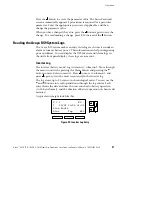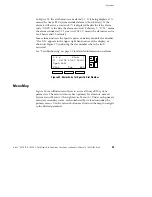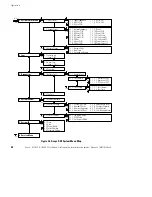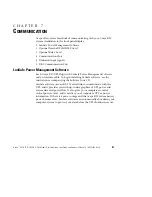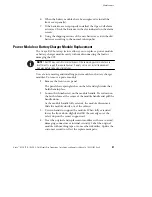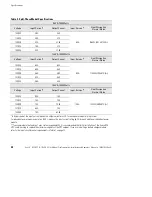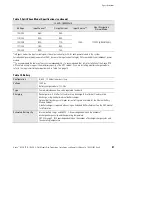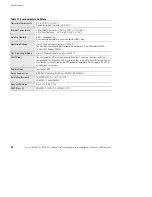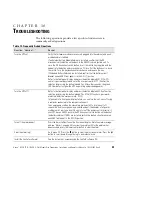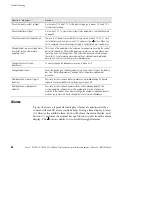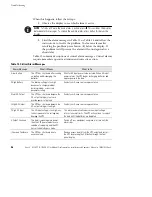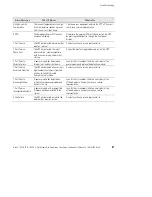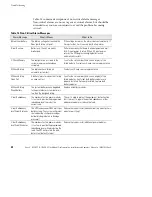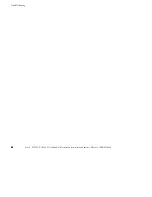
Specifications
51
Avaya
t
RS9 UPS (9–18 kVA, 9-Slot Models) Site Preparation, Installation and Operator’s Manual
S
164201543 Rev A
Table 9. Split-Phase Model Specifications (continued)
18 kVA, 15000 Watts
Voltage
Input Current*
Output Current
Input Service**
Heat Dissipation
Normal Mode
100/200
96A
90A
110/220
90A
84A
120/208
84A
77A
125A
1720W (5.85 kBTU/hr)
127/220
78A
84A
(
/ )
120/240
84A
75A
*In Bypass modes the input current equals the output current plus 2A for each power module in the system.
For redundant power module operation (N+X), increase the input current rating by 2A for each additional redundant power
module.
**To accommodate the feature of easy system expandability, it is recommended that initial installation of the Avaya RS9
UPS contain wiring to support the maximum capacity of the UPS cabinet. If you are installing a battery charger module,
refer to the input circuit breaker requirements in Table 1 on page 12.
Table 10. Battery
Configuration
(2) 60V, 7.2 Ah batteries per string
Voltage
120 Vdc
Battery charger module: 133 Vdc
Type
Sealed, maintenance-free, valve-regulated, lead-acid
Charging
Recharge time: 4 hr after full-load resistive discharge; 8 hr after half-load resistive
discharge, using standard internal battery charger.
Optional battery chargers at higher current ratings are available for the External Battery
Module Cabinet.
A battery charger is required when using an Extended Battery Cabinet. See the EBC manual
for information.
Estimated Battery Life
Internal battery strings and EBMC: 3–5 years dependent upon the number of
discharge/charge cycles and the operating temperature.
EBC A through F: 8-10 years dependent upon the number of discharge/charge cycles and
the operating temperature.

